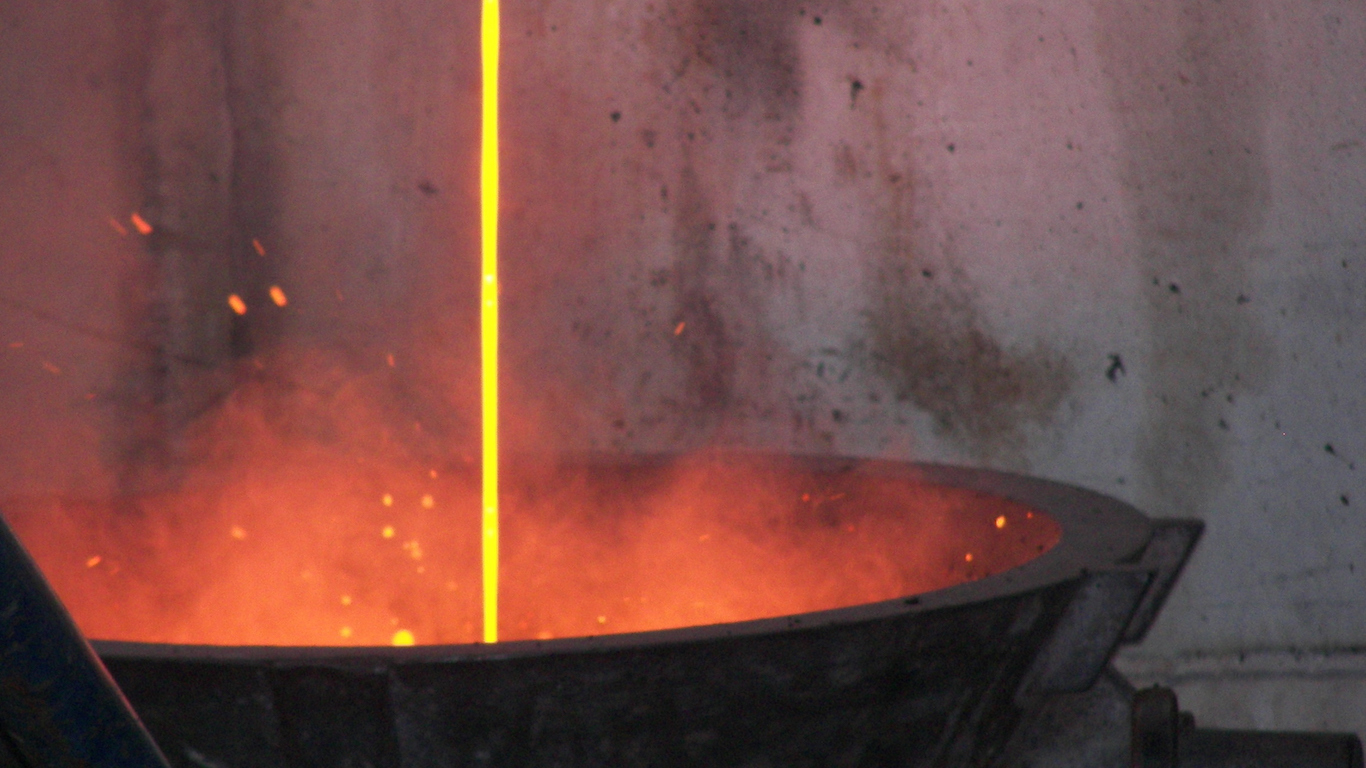Commodities & Metals
Even With Gold Above $1,900, Mining Is Expensive During a Pandemic

Published:

With gold recently hitting all-time highs and nearing the $2,000 mark, it should be a time of great profits for the gold-mining industry. Most major gold companies are basing their forward gold project decisions around roughly $1,100 per ounce rather than the current prices. That also should bolster long-term profitability for the gold-mining industry. It turns out that many additional costs have to be considered during a pandemic. Some of those costs are offsetting what should have been big earnings gains.
Several gold miners have released earnings and some common themes are contributing to a “sell the news” reaction in their shares.
Newmont Mining Corp. (NYSE: NEM) indicated that it had an extra $195 million in expenses in the second quarter that were tied to placing mines in a “care and maintenance mode” and another $33 million in incremental costs that were tied to the COVID-19 pandemic, which included enhanced health efforts. The largest mining outfit in the world already has begun procedures to restart mining activities at five mines in Argentina and Canada.
The price of gold skyrocketed in 2020, but Newmont’s income of $326 million in the first quarter of 2020 fell to $261 million in the second quarter. Shares of Newmont traded down 3.5% at $65.55, in a 52-week range of $33.00 to $70.30 and with a consensus target price of $75.84.
Kinross Gold Corp. (NYSE: KGC) was traded down about 3% at $8.55 on Thursday. The gold-mining operation reported that its adjusted net earnings more than doubled to $194 million (or $0.15 per share) and that its adjusted operating cash flow rose by 45% to $416.9 million. The company also reported that its all-in sustaining cost was $984 per ounce.
While Kinross indicated that all of its mines continued production, the company did note that the COVID-19 pandemic did partially affect overall performance and productivity rates due to global travel constraints and due to its implementation of “rigorous safety protocols and measures” at all of its mines and projects.
Barrick Gold Corp. (NYSE: GOLD) reported its preliminary second-quarter gold production earlier in July, and total gold was lower than the first quarter of 2020. The company pointed to the impact of the pandemic at its Veladero project in Argentina, where quarantine restrictions were lifted in April and where movement and social distancing restrictions slowed the remobilization of employees and contractors back to the site. Another issue pointed out was a planned maintenance shutdown at Pueblo Viejo in the Dominican Republic, as well as slower production at Porgera in Papua New Guinea as the mine was placed on care and maintenance mode.
Barrick gave ranges of costs and realizations for the second quarter versus the first as follows: cost of sales per ounce expected to be 4% to 6% higher, total cash costs per ounce expected to be 2% to 4% higher, and the all-in sustaining costs per gold ounce expected to be 7% to 9% higher. Barrick is not set to report its second-quarter results until August 10.
Alamos Gold Inc. (NYSE: AGI) may be much smaller with a $4 billion market cap, but its shares slid more than 8% to $10.15 on Thursday after its earnings report. Alamos said that two of its operations were suspended temporarily due to the coronavirus in the second quarter, but the company noted that both Island Gold and Mulatos had safely returned to normal operating levels in June. The company reported higher costs that included some $6.5 million in COVID-19 costs. Alamos also has lowered its production guidance for 2020 to a range of 405,000 to 435,000 ounces from a prior forecast of 425,000 to 465,000.
This is obviously not a full sector review of gold mining outfits, but the operating costs are just running higher as gold prices are also higher at this time. COVID-19 likely will not be a permanent line-item that investors have to get used to, but even gold above $1,900 per ounce may come with some higher costs that just were not there before 2020.
The VanEck Vectors Gold Miners ETF (NYSEARCA: GDX) was last seen trading down 4.4% at $41.22. It has a 52-week range of $16.18 to $44.46, and it now counts more than $18 billion in total net assets, now that gold has become so much more popular to own in 2020. Both Newmont and Barrick are listed as more than 13% of the net assets, each for a total of nearly 27% of total assets.
After two decades of reviewing financial products I haven’t seen anything like this. Credit card companies are at war, handing out free rewards and benefits to win the best customers.
A good cash back card can be worth thousands of dollars a year in free money, not to mention other perks like travel, insurance, and access to fancy lounges.
Our top pick today pays up to 5% cash back, a $200 bonus on top, and $0 annual fee. Click here to apply before they stop offering rewards this generous.
Flywheel Publishing has partnered with CardRatings for our coverage of credit card products. Flywheel Publishing and CardRatings may receive a commission from card issuers.
Thank you for reading! Have some feedback for us?
Contact the 24/7 Wall St. editorial team.